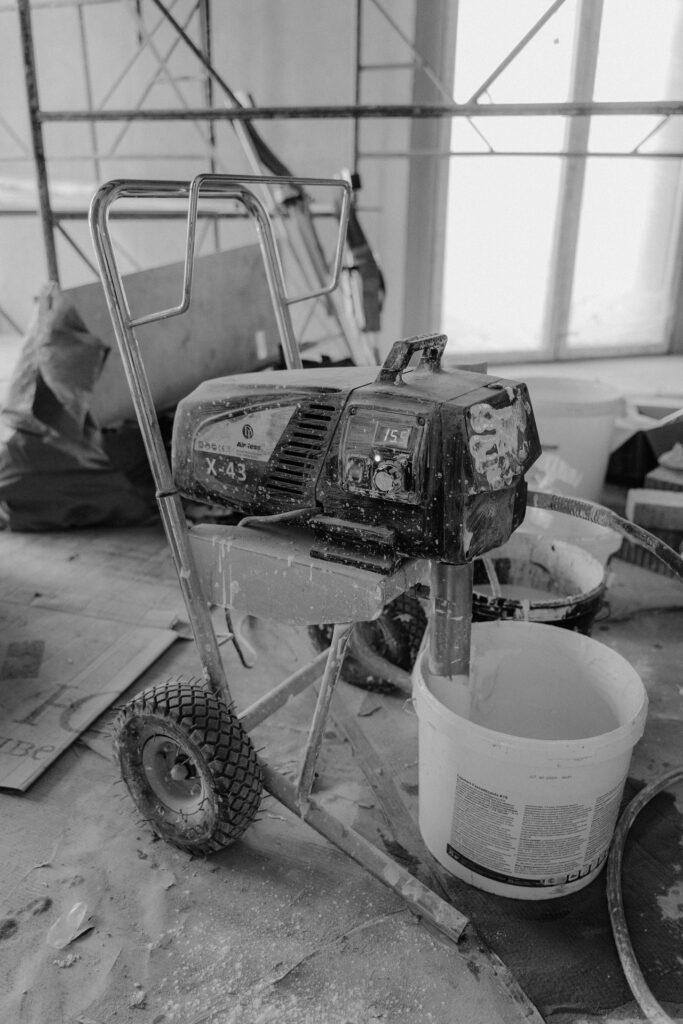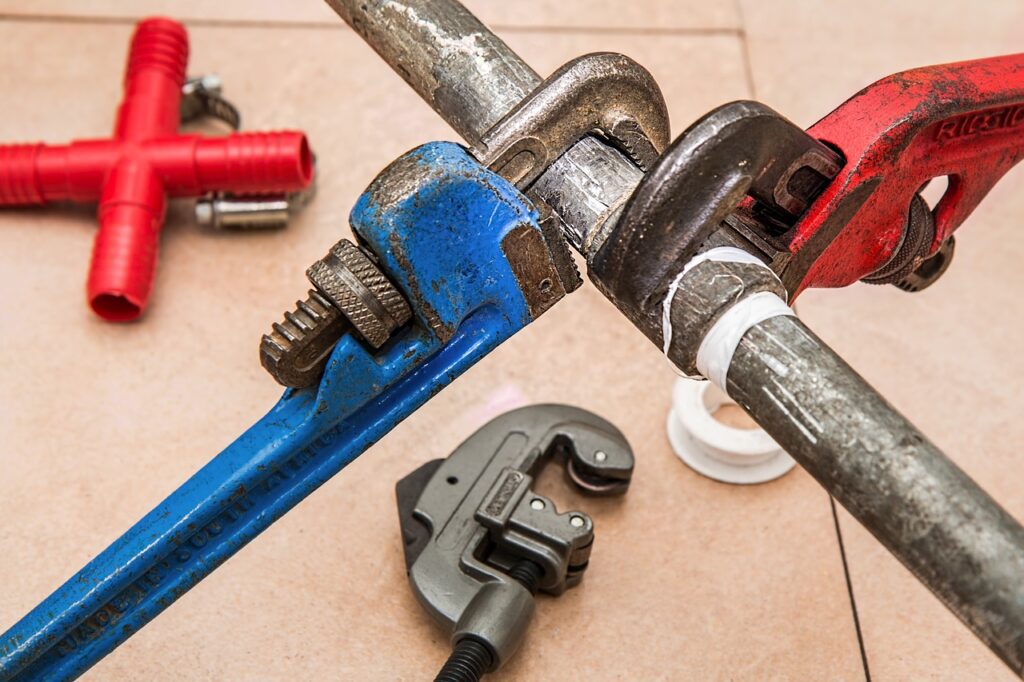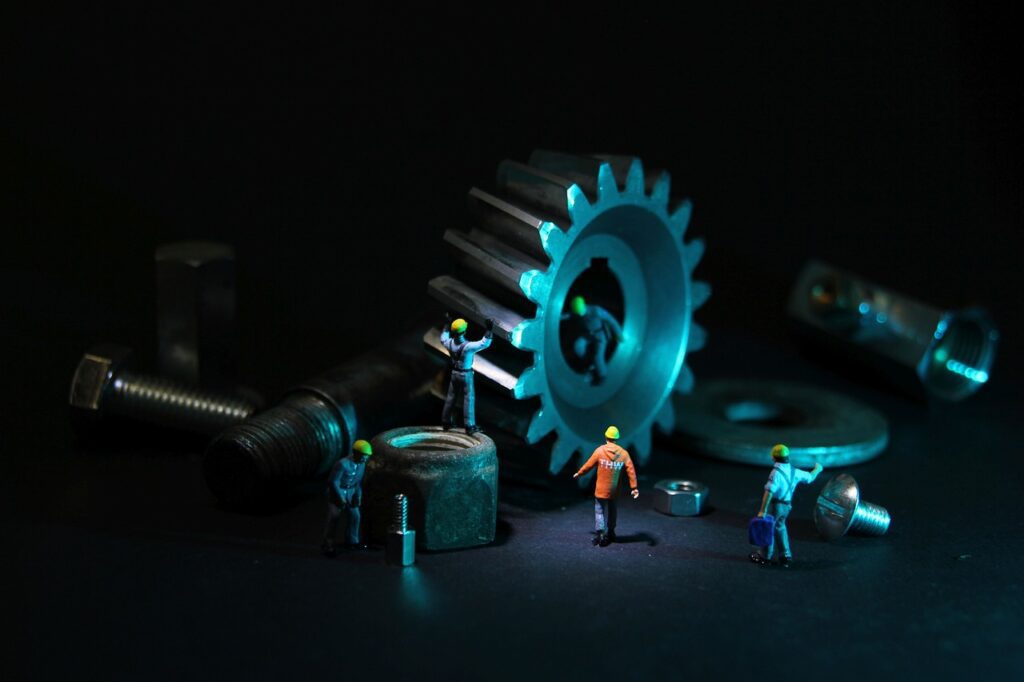In villa management and long-term rentals, maintaining a well-kept property is not just about ensuring that the property looks good—it’s about creating a positive experience for your tenants. When tenants submit repair and maintenance requests, the speed and efficiency with which you respond can have a huge impact on their satisfaction. After all, no one likes waiting days for a leaky faucet to be fixed or dealing with broken air conditioning during the hot months.

The way you handle these requests speaks volumes about how you value your tenants. A well-organized system for managing tenant repair requests ensures timely repairs, prevents small issues from turning into costly problems, and ultimately helps build a stronger, more trusting relationship with your tenants. In this article, we’ll explore the best strategies for handling maintenance requests, including how to streamline communication, set clear expectations, and ensure every issue is addressed quickly and professionally. By doing so, you’ll not only protect your property but also keep your tenants happy and more likely to stay long-term.
The Importance of Timely Repairs in Villa Management
In villa management, handling maintenance requests promptly is more than just keeping tenants satisfied—it’s essential for protecting the long-term value of your property. Minor issues, such as leaks, malfunctioning appliances, or electrical faults, can quickly escalate into much larger problems if left unaddressed. For example, a small leak can lead to water damage, mold growth, or structural issues, all of which are far more costly to repair than the original issue.
By responding quickly to tenant repair requests, you ensure that your property remains in excellent condition and avoid the risk of major, expensive repairs down the line. Moreover, timely repairs also help reduce any potential downtime when areas of the property might be unusable, which could lead to tenant frustration or even legal disputes.
Beyond protecting your property, a proactive approach to property maintenance shows tenants that you care about their comfort and are committed to providing a high-quality living environment. When tenants feel that their concerns are taken seriously and addressed quickly, they are more likely to stay longer, reducing turnover and maintaining high occupancy rates. This proactive management can significantly contribute to long-term tenant retention, ensuring fewer vacancies and a stable, consistent income for your long-term rental business.
Creating a Streamlined Maintenance Request Process
Having a structured process for managing maintenance requests is essential for avoiding delays and confusion. By establishing clear communication channels and setting expectations with your tenants, you can ensure that repairs are addressed promptly and professionally.
Implementing a Tenant Reporting System
The first step in handling maintenance requests effectively is to create a reliable way for tenants to report problems. Implementing a tenant reporting system can streamline communication, ensuring that requests are submitted quickly and tracked throughout the repair process.
Whether it’s through a digital platform, email, or phone call, your tenants need to know the exact procedure for reporting issues. A digital maintenance request system is often the most efficient, allowing tenants to log problems, upload photos, and track the status of their request. This system helps reduce misunderstandings and provides a clear record of all requests, making it easier to prioritize urgent issues.
Setting Clear Expectations with Tenants
Clear communication is crucial when it comes to handling tenant repair requests. At the beginning of the tenancy, establish guidelines for what types of repairs you cover and how quickly tenants can expect issues to be addressed. For example, urgent repairs like plumbing or electrical problems should be handled within 24 hours, while less critical issues like cosmetic repairs may take longer.
By setting these expectations upfront, you help manage tenant expectations and avoid frustration if certain repairs take longer to complete. Tenants are more likely to remain satisfied if they know exactly when their issues will be resolved and understand the steps involved in the maintenance process.
Responding Quickly and Prioritizing Requests
In villa management, responding promptly to maintenance requests is essential for both tenant satisfaction and the overall health of your property. However, not all repairs require the same level of urgency, so it’s important to have a system in place to prioritize requests. This ensures that critical issues are dealt with swiftly, while minor problems are scheduled appropriately. Prioritizing based on urgency helps maintain tenant trust and prevents small issues from turning into bigger, more costly repairs.
Categorizing Maintenance Issues by Urgency
A practical way to handle maintenance requests efficiently is by categorizing them into three levels of urgency: emergency, urgent, and non-urgent.
- Emergency repairs: These involve issues that directly affect the safety of your tenants or the property itself. Problems like electrical failures, burst pipes, or gas leaks require immediate attention to prevent danger and further damage. Emergency repairs should be addressed within a few hours to ensure tenant safety and protect the property from severe damage.
- Urgent repairs: These problems may not pose an immediate threat but need to be dealt with promptly to avoid worsening the situation. Issues such as a malfunctioning water heater, broken air conditioning during hot weather, or a leaking roof should typically be resolved within 24 to 48 hours. Urgent repairs that are neglected can quickly escalate into more serious, and more expensive, problems.
- Non-urgent repairs: These are minor issues that don’t have a significant impact on the tenant’s daily life. Problems like chipped paint, a loose door handle, or a broken light fixture can be scheduled for repair at a later date. However, it’s still important to communicate with your tenants about when these non-urgent repairs will be addressed, to avoid frustration or dissatisfaction.
By categorizing tenant repair requests in this way, you can ensure that the most critical issues are handled first, while still keeping track of the less urgent tasks. This system also allows you to allocate resources effectively and manage repair costs efficiently.
Working with Reliable Contractors
A key aspect of successful villa management is having a network of trusted, reliable contractors who can address maintenance issues promptly and professionally. Whether it’s a plumber, electrician, or general handyman, building relationships with skilled professionals who understand your property ensures that repairs are handled efficiently and to a high standard.
Working with contractors who are familiar with your property’s needs and layout reduces downtime when repairs are needed. This familiarity allows them to quickly assess issues and find solutions, especially in emergency situations. For instance, having a contractor on call who can fix a burst pipe or repair an electrical failure on short notice can make all the difference in minimizing damage and ensuring tenant safety.
Additionally, having a roster of preferred vendors—people you trust and who are responsive—enables you to address tenant repair requests in a timely manner. For larger properties or those with a high number of units, employing a dedicated property maintenance team can further streamline the repair process, allowing for immediate attention to issues and quicker turnaround times for urgent repairs.
Overall, working with reliable contractors not only ensures that your property is well-maintained, but it also helps build trust with tenants, knowing that their repair requests will be handled quickly and professionally.

Communicating with Tenants Throughout the Process
Effective communication with tenants during the maintenance process is a cornerstone of good property management. Tenants want assurance that their repair requests are being taken seriously and handled in a timely manner. By keeping them informed at each stage of the process, you can prevent misunderstandings and reduce tenant frustration. This not only builds trust but also strengthens your overall relationship with tenants, showing that you value their comfort and concerns.
Providing Status Updates
After a tenant submits a maintenance request, the first step is to acknowledge the request as soon as possible. This immediate response shows the tenant that their issue is on your radar and will be addressed. Whether the issue is urgent or non-urgent, communicating promptly reassures the tenant that they won’t be left in the dark.
For repairs that require coordination with a contractor or involve scheduling, it’s essential to provide updates on the progress. For example, if a plumber or electrician is needed, let the tenant know when they can expect the contractor to visit the property. If the repair is more complex and will take several days, regular updates about the status of the repair are key. Informing tenants about delays or changes in schedule also helps manage their expectations and shows that you’re actively working to resolve the issue.
Frequent communication during the repair process makes tenants feel included and valued. Even if the issue cannot be resolved immediately, tenants are more likely to be patient when they know what’s happening behind the scenes. This open communication builds a stronger sense of trust and ensures that tenants feel their needs are being met, which can lead to better long-term retention.
Conducting Follow-Up Inspections
After the repair is completed, conducting a follow-up inspection is a crucial step in the maintenance process. This ensures that the work has been done correctly and that the problem has been fully resolved. Skipping this step could leave unresolved issues that may cause future problems, leading to tenant dissatisfaction and potentially costly repairs later on.
A follow-up inspection gives you an opportunity to verify that the contractor’s work meets your standards. For example, if a tenant reported a leaking pipe, the inspection will confirm that the leak has been properly fixed and that no other related damage has occurred. It also allows you to check if any additional maintenance is needed to prevent future issues.
This extra step not only guarantees the quality of the repair but also reinforces your commitment to maintaining the property at a high standard. By addressing tenant repair requests thoroughly, you show tenants that their comfort and safety are a top priority. A follow-up inspection can also serve as a valuable chance to check on other aspects of the property’s condition and identify any potential maintenance needs before they escalate into bigger problems.
Incorporating regular follow-up inspections into your maintenance routine improves tenant satisfaction and enhances the long-term value of your property. It helps create a proactive management approach, ensuring that minor issues don’t turn into major repairs and that tenants feel secure in their living environment.

How HeveaRent Enhances the Tenant Maintenance Experience
When managing villa rentals and long-term properties, the ability to respond swiftly and effectively to maintenance requests is crucial. This is where HeveaRent excels, offering comprehensive property management services that ensure every tenant repair request is handled with professionalism and care. By partnering with a dedicated management team like HeveaRent, property owners can rest assured that both minor issues and critical emergencies are addressed efficiently, protecting their investments and keeping tenants happy.
Streamlined Communication and Reliable Repairs
HeveaRent emphasizes the importance of clear communication between tenants and management. Tenants can easily submit repair requests through a structured system, knowing that they will receive timely updates on the status of their request. Whether it’s an emergency repair or a non-urgent issue, HeveaRent prioritizes repairs based on urgency, ensuring that every problem is resolved promptly.
Additionally, HeveaRent works with a trusted network of contractors and maintenance professionals, guaranteeing high-quality workmanship and quick response times. By managing every aspect of the maintenance process, from initial requests to follow-up inspections, HeveaRent enhances the overall tenant experience and helps ensure the long-term success of the property.

Conclusion
Effectively handling tenant repair and maintenance requests is a critical component of successful villa management and ensures a smooth experience for both you and your tenants. By responding promptly to requests, categorizing repairs by urgency, and maintaining clear communication throughout the process, you demonstrate your commitment to providing a high-quality living environment.
Building strong relationships with reliable contractors and conducting follow-up inspections guarantees that repairs are done right the first time, protecting your property and reinforcing tenant satisfaction. This proactive, organized approach helps you maintain long-term tenants, reduce vacancies, and safeguard the long-term value of your property. Prioritizing property maintenance not only improves tenant retention but also contributes to the overall success of your rental business.
FAQs about Handling Tenant Repair and Maintenance Requests
It’s best to respond as quickly as possible—ideally within 24 hours. For urgent repairs like plumbing or electrical issues, immediate action is necessary.
Using a digital maintenance request system is the most efficient way. Tenants can submit their requests online, track the progress, and upload photos for better clarity.
Categorize requests by urgency—emergencies should be dealt with immediately, urgent repairs within 24–48 hours, and non-urgent issues can be scheduled at a convenient time.
Work with reliable contractors and build a network of professionals who can respond quickly to requests. For larger properties, consider hiring a dedicated property maintenance team.
Keep the tenant informed throughout the process. Provide updates if the repair is delayed and give them an expected timeframe for completion.
Emergency repairs, like electrical failures or burst pipes, should be addressed immediately. Have a plan in place for handling these situations and access to reliable contractors.
Always acknowledge receipt of the maintenance request right away, provide updates on the progress, and notify tenants once the repair is completed.
Yes, a follow-up inspection ensures the issue has been resolved and the work is up to standard. It also shows tenants that you care about maintaining the property.
Non-urgent repairs, such as minor cosmetic fixes, can be scheduled at a later date. However, it’s important to let the tenant know when they can expect the issue to be addressed.
Fast responses, clear communication, and regular updates are key. Show tenants you’re committed to maintaining the property and addressing their concerns.
Implementing these processes ensures that tenant repair requests are handled quickly and efficiently, helping you maintain a well-functioning property and build stronger relationships with your tenants. By prioritizing property maintenance and maintaining open communication, you can create a positive living experience that benefits both you and your tenants.
